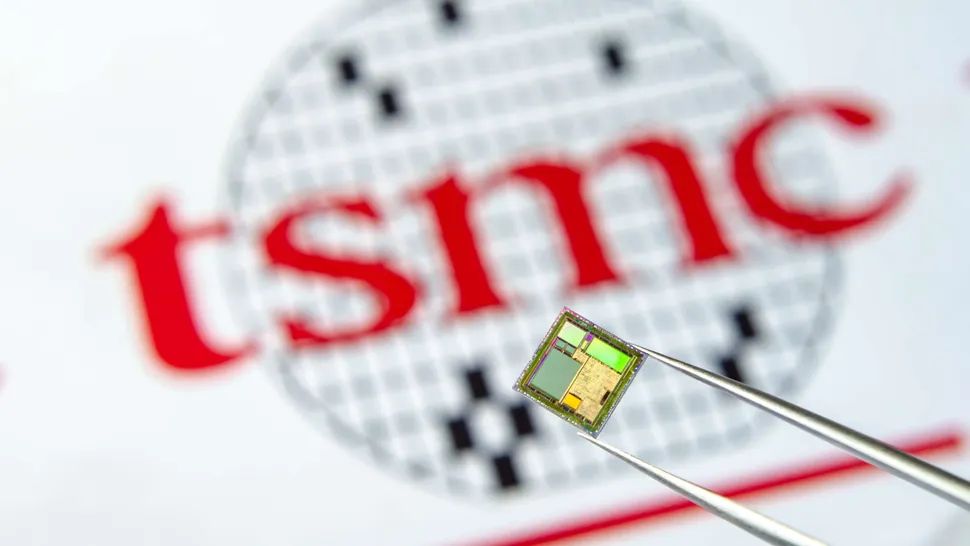TSMC, one of the world’s leading semiconductor manufacturer, has disclosed some details about its future process technologies.
The company has confirmed that its 2nm node is on track for mass production in 2025, and has also mentioned its successor, the 1.4nm-class node, for the first time.

The 2nm node will use the FinFET transistor architecture and the extreme ultraviolet (EUV) lithography. It will offer significant improvements in performance, power efficiency, and transistor density over the current 3nm node.
The 1.4nm node, which is still in the early stages of development, will be based on the gate-all-around (GAA) transistor architecture and the high numerical aperture (NA) EUV lithography.
It will be the first node to use the GAA technology, which promises to overcome the limitations of the FinFET technology and enable further scaling of the transistor dimensions.

TSMC has not revealed much information about the 1.4nm node, such as the exact dimensions, performance, or power characteristics.
However, the company has stated that it will be a “full node” advancement over the 2nm node, implying a significant leap in transistor density and performance per watt.
TSMC is facing increasing competition from other semiconductor manufacturers, such as Samsung, Intel, and GlobalFoundries, who are also developing their own advanced process technologies.
However, TSMC has maintained its leadership position in the industry by investing heavily in research and development, and by securing long-term contracts with major customers, such as Apple, AMD, Nvidia, and Qualcomm. READ More: NEWS
Discover more from wazzuptechph
Subscribe to get the latest posts sent to your email.







